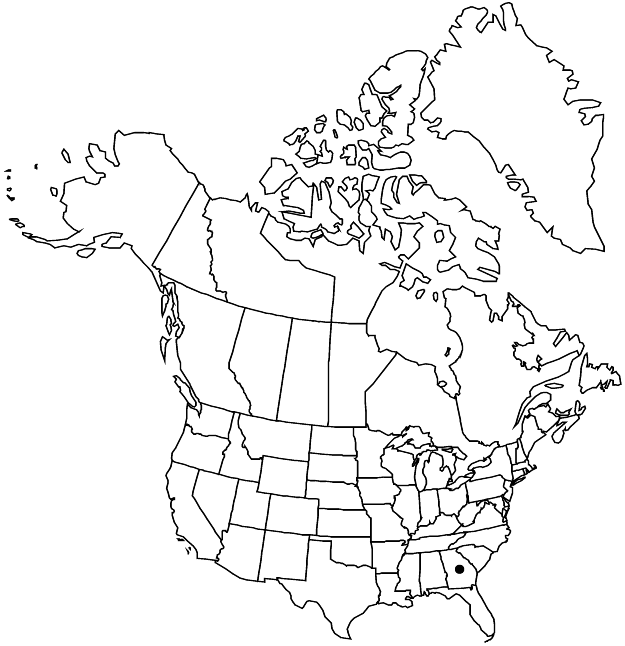Difference between revisions of "Sideroxylon macrocarpum"
Sida 22: 245. 2006 ,.
FNA>Volume Importer |
FNA>Volume Importer |
||
| Line 10: | Line 10: | ||
|name=Bumelia macrocarpa | |name=Bumelia macrocarpa | ||
|authority=Nuttall | |authority=Nuttall | ||
| + | |rank=species | ||
|publication_title=N. Amer. Sylva | |publication_title=N. Amer. Sylva | ||
|publication_place=3: 34. 1849 | |publication_place=3: 34. 1849 | ||
| Line 37: | Line 38: | ||
-->{{#Taxon: | -->{{#Taxon: | ||
name=Sideroxylon macrocarpum | name=Sideroxylon macrocarpum | ||
| − | |||
|authority=(Nuttall) J. R. Allison | |authority=(Nuttall) J. R. Allison | ||
|rank=species | |rank=species | ||
| Line 52: | Line 52: | ||
|publication year= | |publication year= | ||
|special status= | |special status= | ||
| − | |source xml=https://jpend@bitbucket.org/aafc-mbb/fna-data-curation.git/src/ | + | |source xml=https://jpend@bitbucket.org/aafc-mbb/fna-data-curation.git/src/f50eec43f223ca0e34566be0b046453a0960e173/coarse_grained_fna_xml/V8/V8_497.xml |
|genus=Sideroxylon | |genus=Sideroxylon | ||
|species=Sideroxylon macrocarpum | |species=Sideroxylon macrocarpum | ||
Revision as of 22:29, 16 December 2019
Shrubs, to 1 m. Stems armed, tomentose, glabrescent. Leaves deciduous; petiole 0.5–5 mm, pilosulous; blade (dull dark green adaxially), broadly elliptic, oblanceolate, obovate, or spatulate, 3–52 × 2–21 mm, base acute to cuneate, margins plane, apex obtuse or rounded, sometimes retuse, abaxial surface sparsely strigose (hairs white to gray, rarely tawny), venation visible, adaxial surface glabrate, midrib flat, marginal vein absent. Inflorescences 2–18-flowered, sometimes flowers solitary. Pedicels 1–5.5 mm, sparsely strigose. Flowers: calyx 2–2.8 mm diam.; sepals (4–)5(–6), 2.1–3 × 0.8–1.2 mm, glabrate to tomentose; petals (4–)5(–6), white, median segment ovate to suborbiculate, 2.4–2.6 mm, lateral segments lanceolate to oblong, 2–2.3 mm; stamens (4–)5(–6), 2.1–3.5 mm; staminodes lanceolate to ovate, 1.3–2.1 mm, erose; anthers lanceolate to sagittate, 1.1–1.5 mm; pistil 5-carpellate; ovary 5-locular, 1–1.2 mm, glabrate or villous; style 1–1.5 mm. Berries purplish black, ellipsoid to subglobose, 9–14 mm, glabrous or glabrate. Seeds 7.3–9 mm.
Phenology: Flowering May–Sep.
Habitat: Upland sandy pine-oak woodlands and pine-oak scrub
Elevation: 30-120 m
Discussion
Allison resurrected Sideroxylon macrocarpum from synonymy with S. reclinatum, based on careful examination of Nuttall’s type material and extensive field and morphological studies in Georgia. Recognition of the species is justified based on consistent character differences among closely related and sympatric species. Larger fruit size and staminode length, low stature and sprawling habit, and persistent abaxial leaf indument differentiate S. macrocarpum from S. reclinatum. The gray or white leaf vestiture, sprawling shrubby habit, and habitat in upland, well-drained sites distinguish S. macrocarpum from S. thornei. Character variation across the geographic range of S. lanuginosum encompasses much of the morphological variability observed in S. macrocarpum, but S. macrocarpum can be differentiated readily from the southeastern variety of S. lanuginosum (var. lanuginosum) by its shrubby habit, gray or white indument, and sepal width. Allison proposed that the species most closely related to S. macrocarpum is S. rufohirtum, which has reddish brown indument and is allopatric in northern peninsular Florida. Sideroxylon macrocarpum is known from southeastern Georgia on sandy soils of the Altamaha Formation.
Selected References
None.
